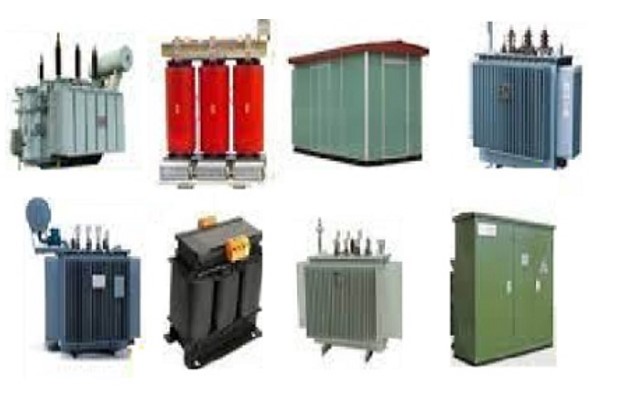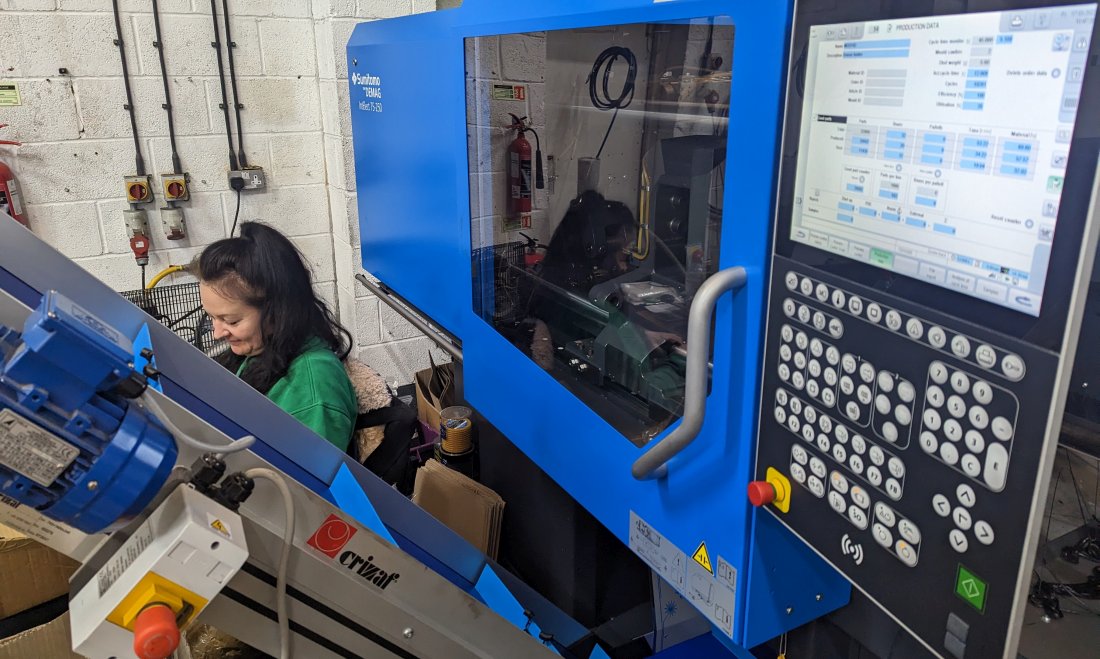What Are the Three Types of Transformers?

Transformers are essential in electrical systems because they transfer electrical energy through electromagnetic induction. Transformers are vital for transmitting and dispersing electricity over vast distances. Transformers are available in different types depending on their application. Each type is designed to perform a specific function. Here are three types of transformers that you should be familiar with.
1. Step-Up Transformer
A step-up transformer increases voltage from the primary coil to the secondary coil. This type of transformer can be found in power plants where electricity is produced at low voltage but must be transported over long distances with high voltage.
To minimize transmission losses, electricity generated in a power plant may be 11 kV. However, to reduce the amount of energy lost during transmission, this voltage is increased to hundreds or thousands of kV. The current is reduced by increasing the voltage. This reduces energy losses caused by resistance in the wires.
In industrial applications, step-up transformers can also be used when certain machines need a higher voltage than the standard grid.
2. Step-Down Transformer
A step-down transformer is the opposite of a step-up transformer. It reduces voltage from the primary coil into the secondary coil. This transformer is used in the last stages of electricity distribution when the high voltage from transmission lines must be reduced to a level that can safely power homes and businesses.
Step-down transformers, for example, are used after high-voltage electric current has been transmitted across transmission lines to lower the voltage down to 120V or even 240V. This is the standard voltage for residential and commercial usage. Step-down transformers are necessary because the voltage is too high to use most electrical appliances. This could be dangerous.
In electronics, step-down transformers also play a large role. They allow devices to run on voltages lower than those supplied by the grid.
3. Isolation Transformer
An isolation transistor is designed to transmit electrical power between circuits while maintaining their electrical isolation. An isolation transformer has no direct connection between the primary and secondary coils. This improves safety, preventing electric surges and reducing the risk of shock.
In sensitive electronic equipment, medical devices, and industrial machinery where noise reduction or safety is important, isolation transformers are often used.
The step-up, the step-down, and the isolation transformers all play an important role in electrical systems. They ensure efficient transmission, safe delivery, and secure operation. Understanding the different types of transformers is important for understanding their importance, both in everyday applications and in industrial power systems.
This post was written by a professional at Electrical Transformer Buyers. Electrical Transformer Buyers is a premier destination for who buys used transformers, Electrical Transformer Buyers is your go-to partner in the industry. Backed by years of experience and a team of highly skilled professionals, we are committed to providing comprehensive solutions for all your electrical transformer needs.








